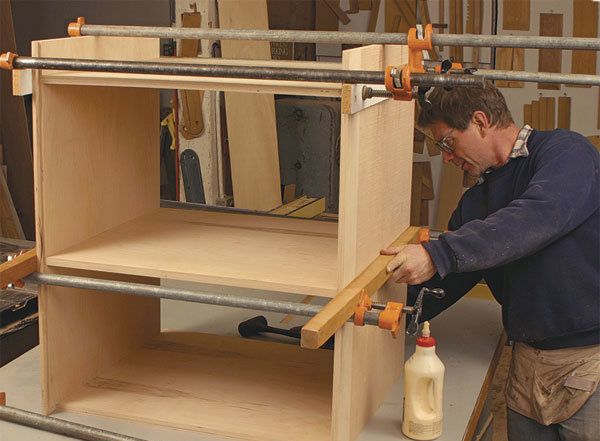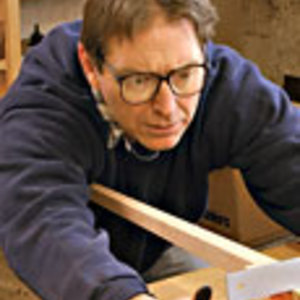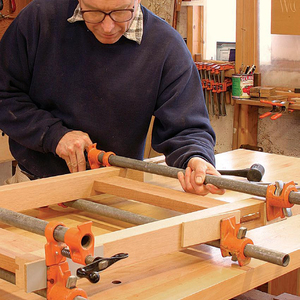
Q:
Your article “Surviving Glue-Ups” explained how curved cauls can be used to apply pressure where clamps can’t reach. But you didn’t say much about how to make the cauls. Is there a rule of thumb for the amount of curvature per foot of caul? Does the curve have to be symmetrical? What woods are suitable?
F.H. Lott, Minneapolis, MN
A:
You don’t have to be very scientific to make useful curved cauls. Just be sure they’re long enough for most of your glue-ups.
I use ordinary fir construction lumber for my curved cauls. It is inexpensive and less likely to mar hardwood workpieces. I have some cauls that are 16 in. long and some that are 24 in. long, which takes care of most of the cabinet work I do. I’ve found that tapering the cauls by 1/8 in. to 1/4 in. at their ends gives plenty of curvature, but don’t be afraid to experiment.
Frankly, I spend more time thinking about the national debt than I do about making the curves symmetrical. To make a caul, I cut tapers into the fir starting from the center. Then I blend in the high point with a handplane.
Try the cauls when you dry-fit a piece. If they seem to have too much curve to them, plane the middle of the caul to flatten it a bit more. If they don’t press down enough, increase the taper.
Gary Rogowski is a contributing editor.
Drawing: Vince Babak; photo: Asa Christiana
Fine Woodworking Recommended Products

Dubuque Clamp Works Bar Clamps - 4 pack

Bessey EKH Trigger Clamps
























Comments
It would seem that when gluing up panels, the place to focus the upwards/downwards pressure is on the edges of each board being glued. For this purpose, why not just use straight-edged cauls with shims (1/16", 1/8" or 1/4") placed above and below the edges being joined? This approach has several advantages: a) straight-edged cauls are easier to make; b) the extent of the camber can be easily varied by changing the thickness of the shims; c) pressure can be focussed on a joint even if it is not in the center of the cauls; d) before the boards being glued are placed on top, a level can be used to confirm that the tops of the lower cauls are initially all in the same plane. What might be the disadvantage of such an approach?
Log in or create an account to post a comment.
Sign up Log in